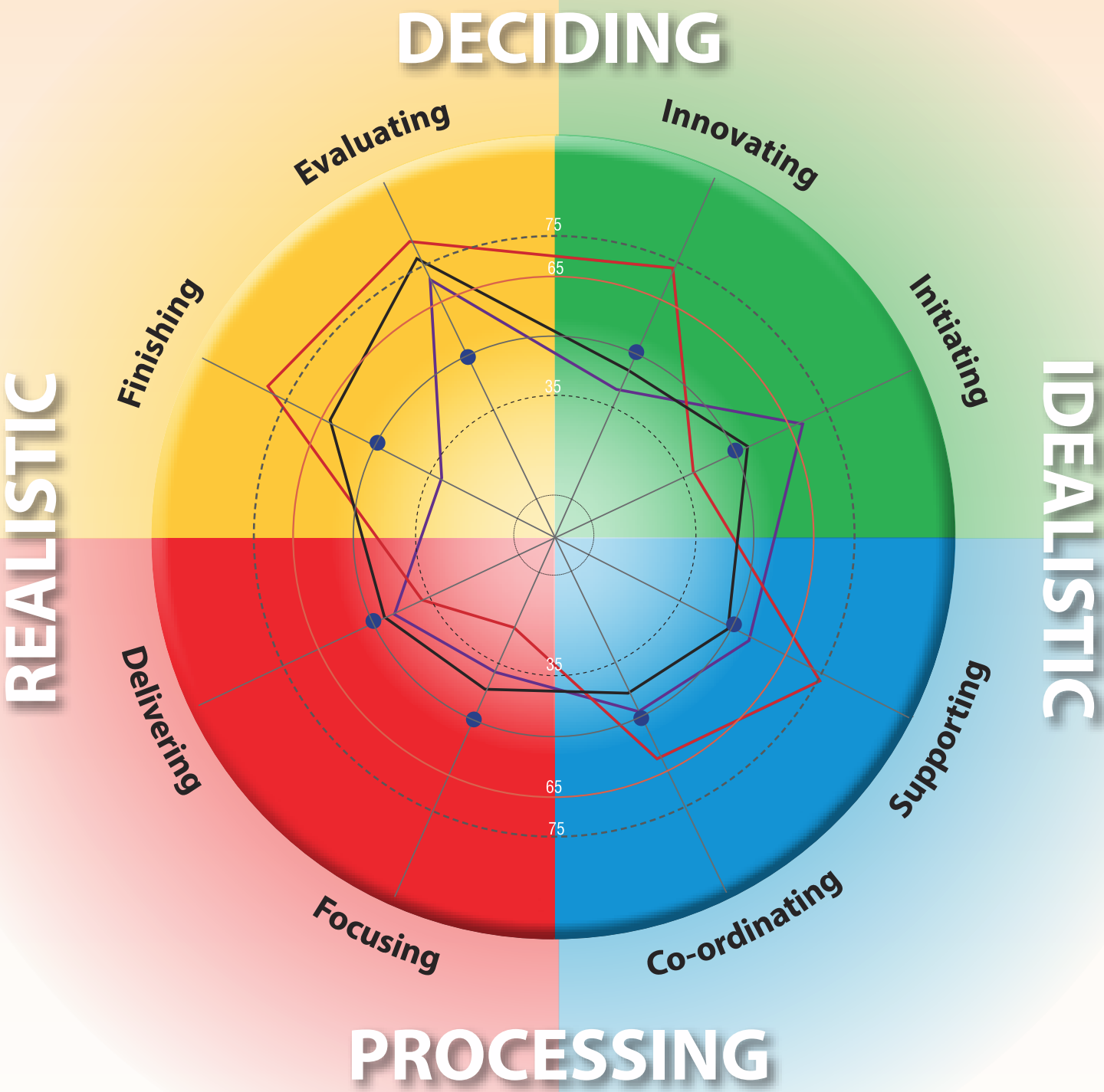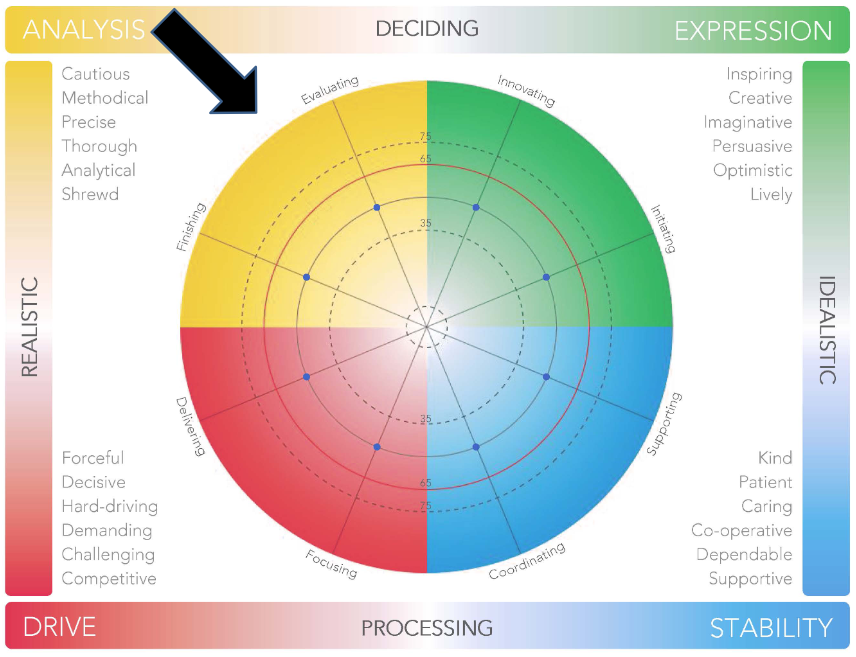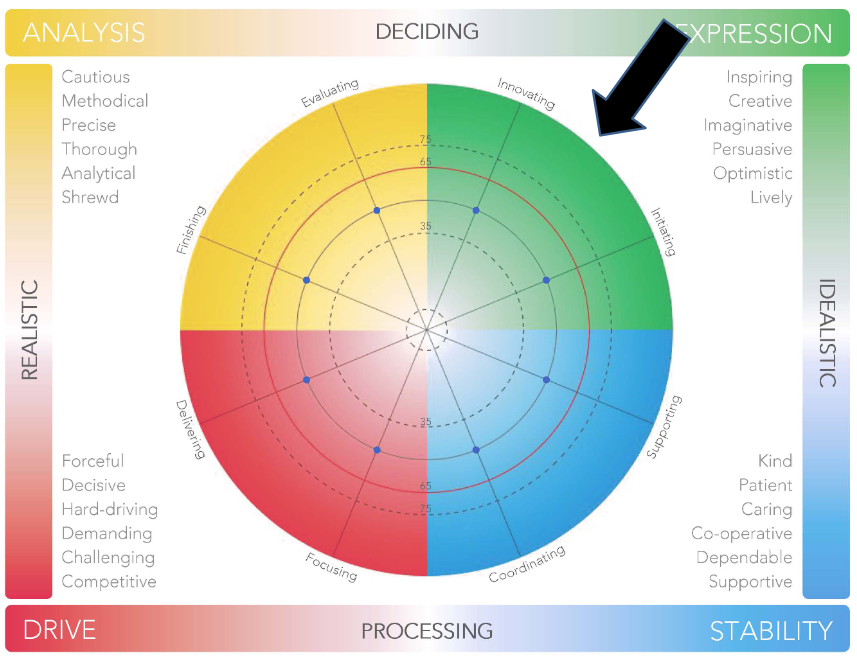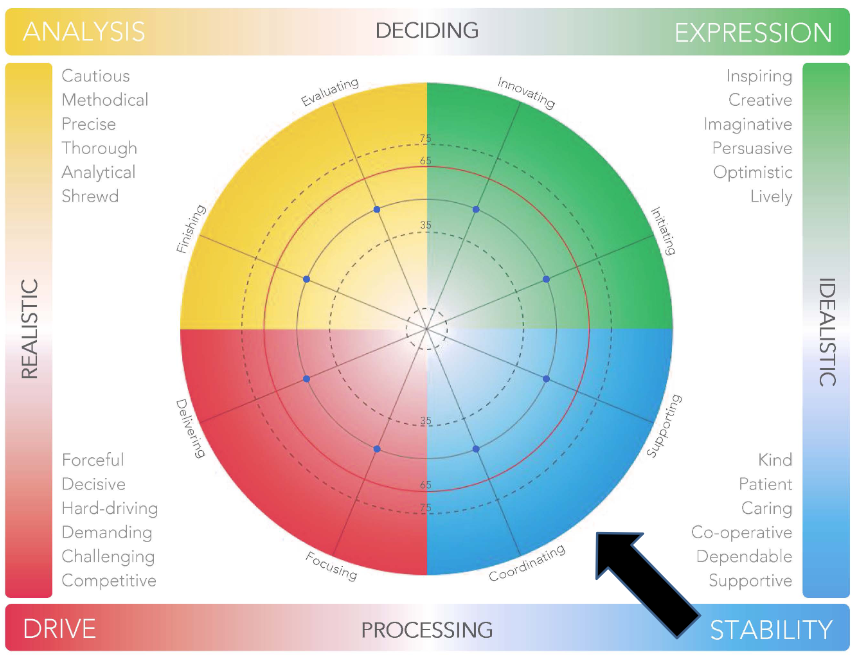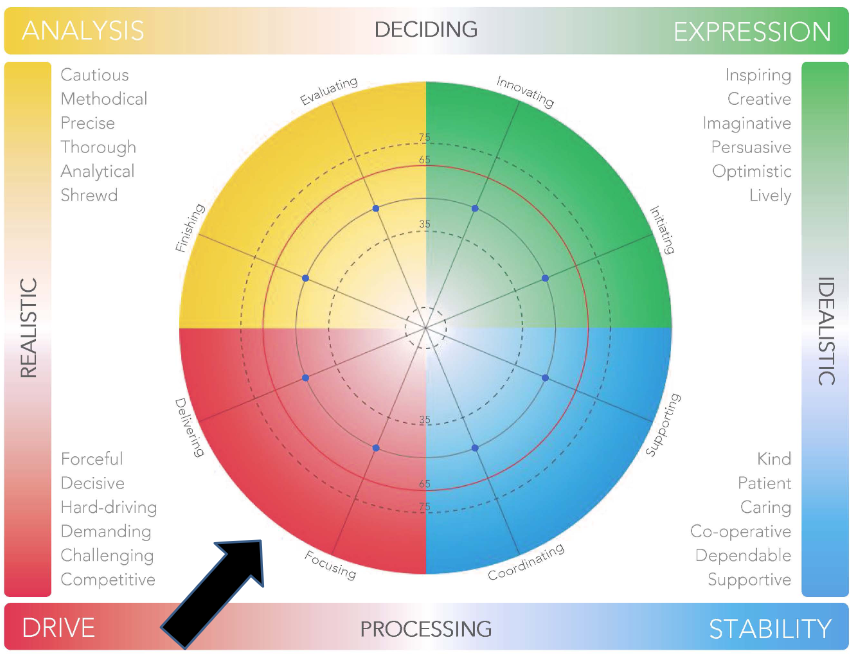There are no items in your cart
Add More
Add More
| Item Details | Price | ||
|---|---|---|---|
Prism is a Neuro science based Psychometric test, from UK.
It helps leaders, to improve and grow in their careers
The remarkable complexity of the brain has shown that human beings cannot credibly be divided up into a fixed number of types or groups of people who are unable to act outside of their profiles. PRISM does not, therefore, label people or fit them into ‘boxes’, nor does it have ‘scores’, or right or wrong answers. Instead, it provides users with a powerful, graphic explanation for why they approach situations and individuals in different ways.
Because PRISM is based on perception, it is obvious that if perceptions change, behaviour will change too. The dynamic interaction between perception of self and the environment explains why an individual may behave differently from one situation to another.
PRISM takes its origins from ‘The Decade of the Brain’ which was launched by U.S. President George H. W. Bush in 1990 as part of a larger effort involving the US Library of Congress and the National Institute of Mental Health of the National Institutes of Health: "to enhance public awareness of the benefits to be derived from brain research."
A prototype version of PRISM was launched in 2002 and the system has been subjected to ongoing refinement, enlargement and validation since then.
In recent years, there has been a considerable increase in interest in research into the neurobiological correlates of inter-individual behavioural differences. That activity has led to the creation of what is increasingly referred to as, ‘personality neuroscience’. Two of the key objectives of personality neuroscience are: to identify the neural chemistry of personality, and to understand better how genetic and environmental forces create the relatively stable patterns of brain function that produce personality.
PRISM is based on the well-established fact that all human behaviour is created in the brain. It was traditionally believed that once the brain’s physical connections were completed during childhood, the brain became hardwired and remained like that for life. Now, thanks to the latest brain imaging technology, scientists know that all our experiences, thoughts, actions and emotions constantly change the makeup of our brain and also our behaviour. This process is known as neuroplasticity. The discovery has profound implications for both personal and organisational development.
Golds are highly analytical, meticulous,
independent, rule conscious and competent.
They are driven by the need for perfection from themselves and others. They are analytical thinkers and are very strategic in their planning. They are masters at designing and perfecting systems and procedures to get the best results. The natural strengths of a person with a high Gold preference are:
Quality focussed, Attentive to detail, Thorough, Guarded, Well organised, Analytical, Careful
Greens are innovative, optimistic, generous,
fun loving, adventurous and flexible. They love creating ideas and exploring new possibilities and their way of thinking is not restricted by the limitations that restrict other styles. Greens are driven by idealism and have a desire to influence the quality of life of others, often attracting people with their warmth and infectious energy. The natural strengths of a person with a high Green preference are:
Flexible, multi tasking, energetic, persuasive, gregarious, innovative, enthusiastic
Blues are compassionate, warm, loyal, helpful,
idealistic and genuine people. They are careful
to promote good feelings between themselves
and others. Blues dislike conflict, being polite and tactful and very aware of their impact upon other
people. When functioning effectively, Blues are
competent, consistent and maintain a steady
pace. The natural strengths of a person with a high Blue preferences are:
Supportive, Caring, Patient, Understanding, Sensitive, Likeable, Unassuming
Reds are reliable, organised, practical, hardworking and focussed on the task. They do what needs to be done, driving ahead even when resources are limited. Reds have a need to be in control, both with the environment in which they work and the people within it. They do not give compliments easily, believing instead that people must earn them. The natural strengths of a person with a high Red preference are:
Decisive, Self starting, Competitive, Ambitious, Results driven, Excels when challenged, Determined
Types of behaviour Personality
We need
emails of all the
candidate
We will
send them links of
the inventory
They fill it
up, it will take them
around 40-50 mins
We generate
the reports and bring prints for all for analysis during the program
